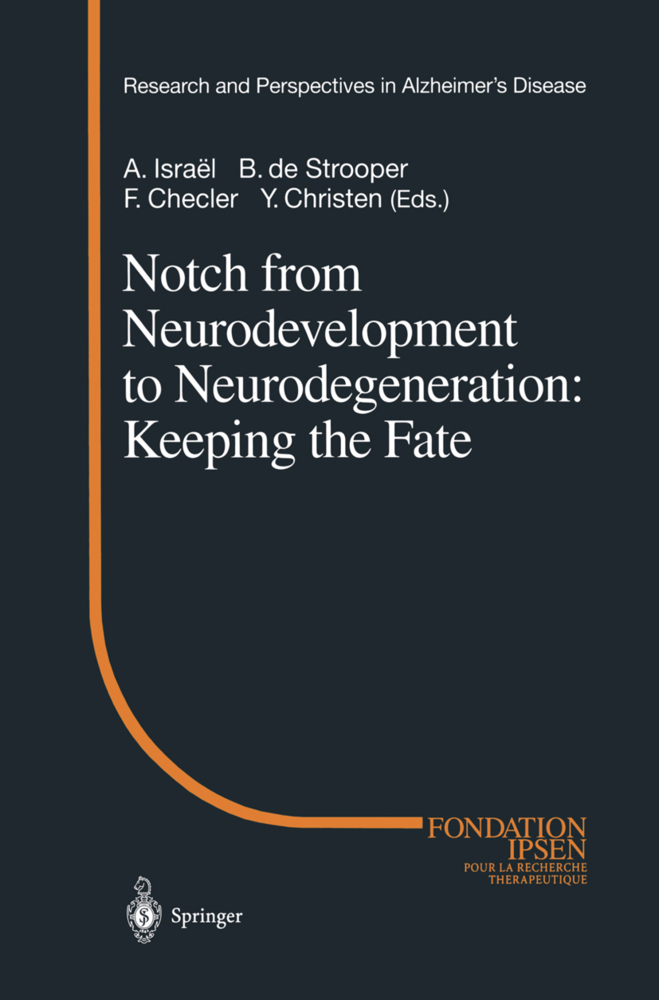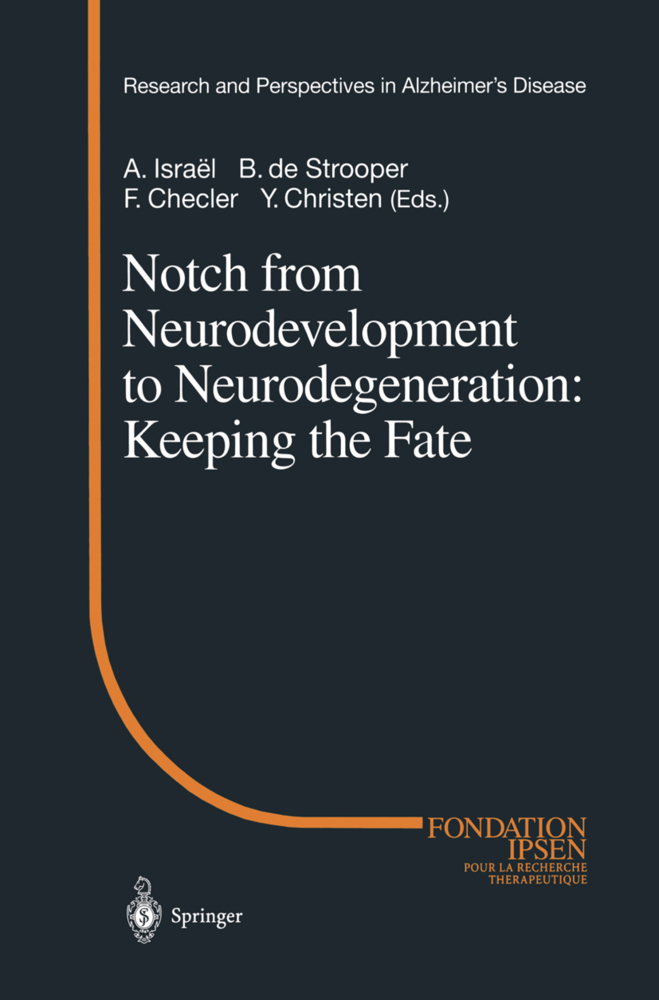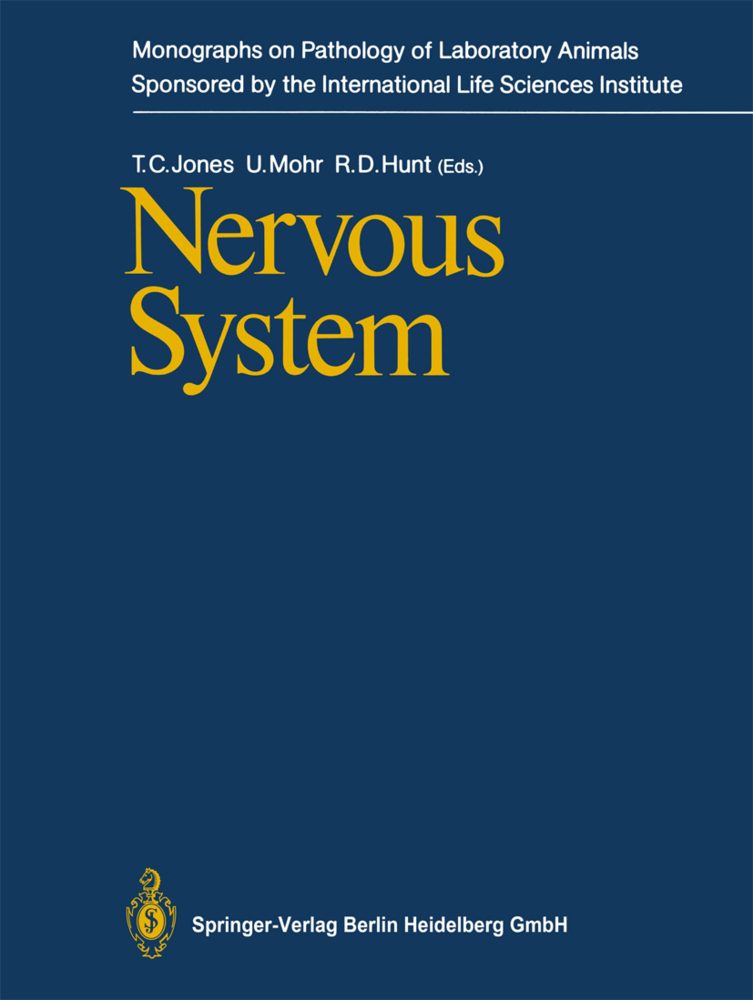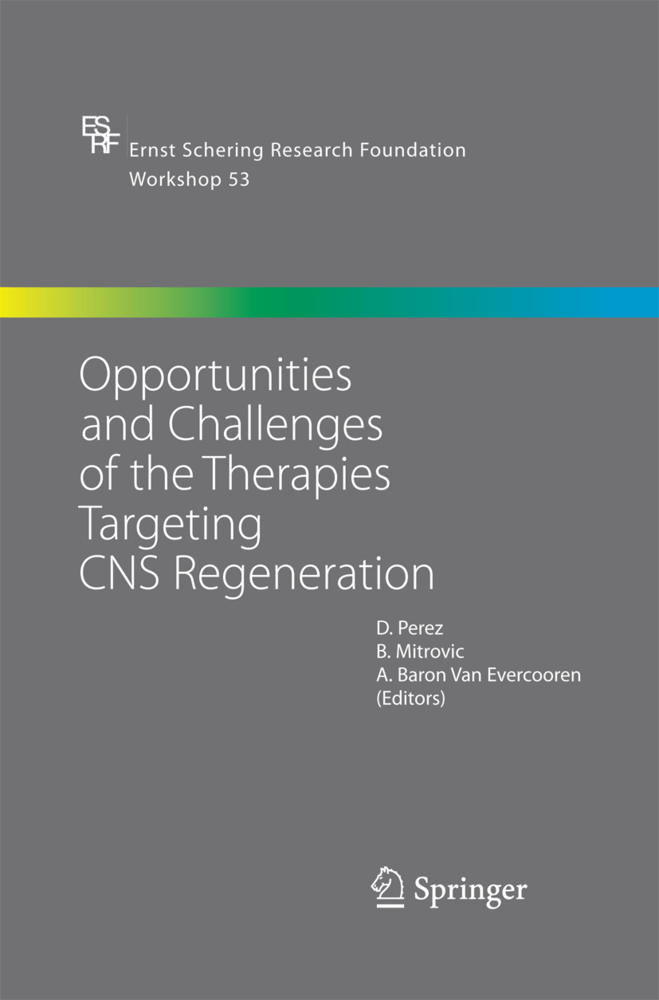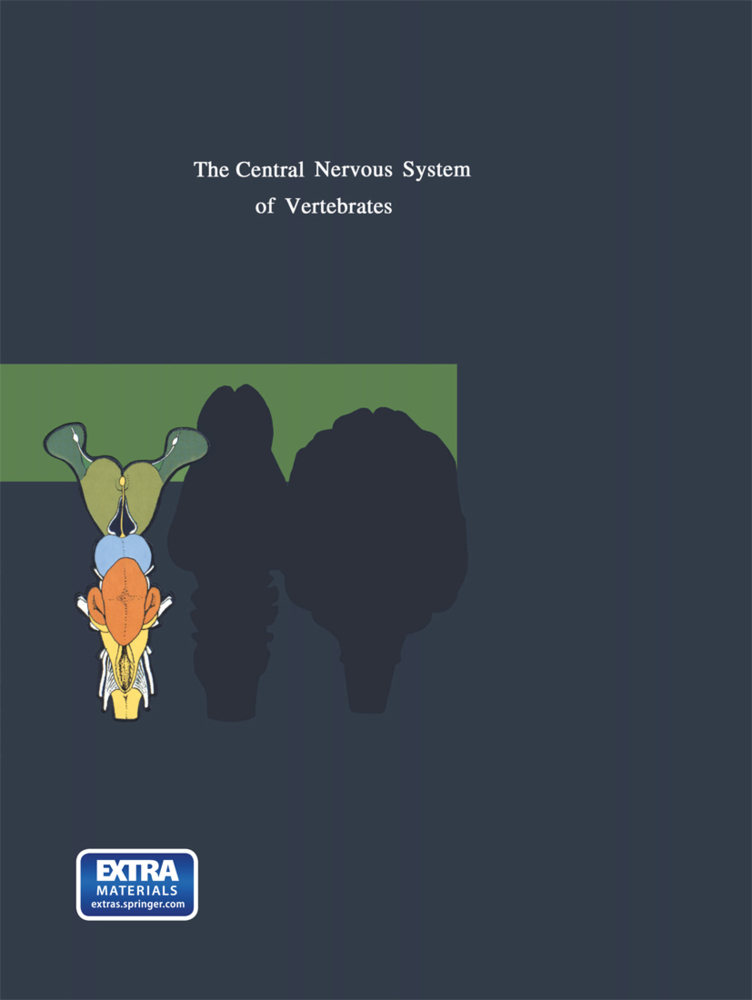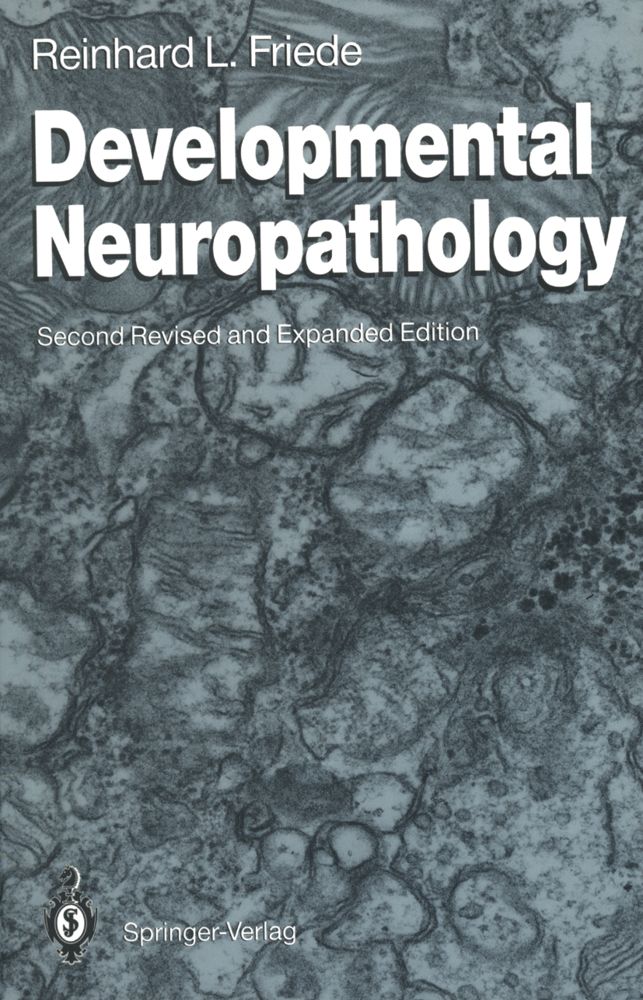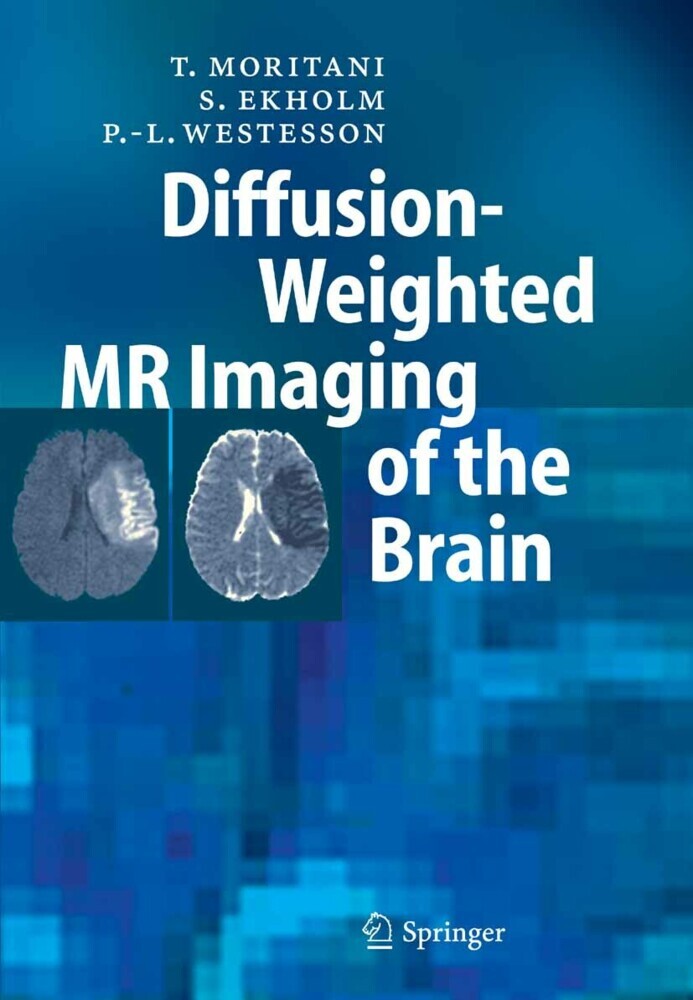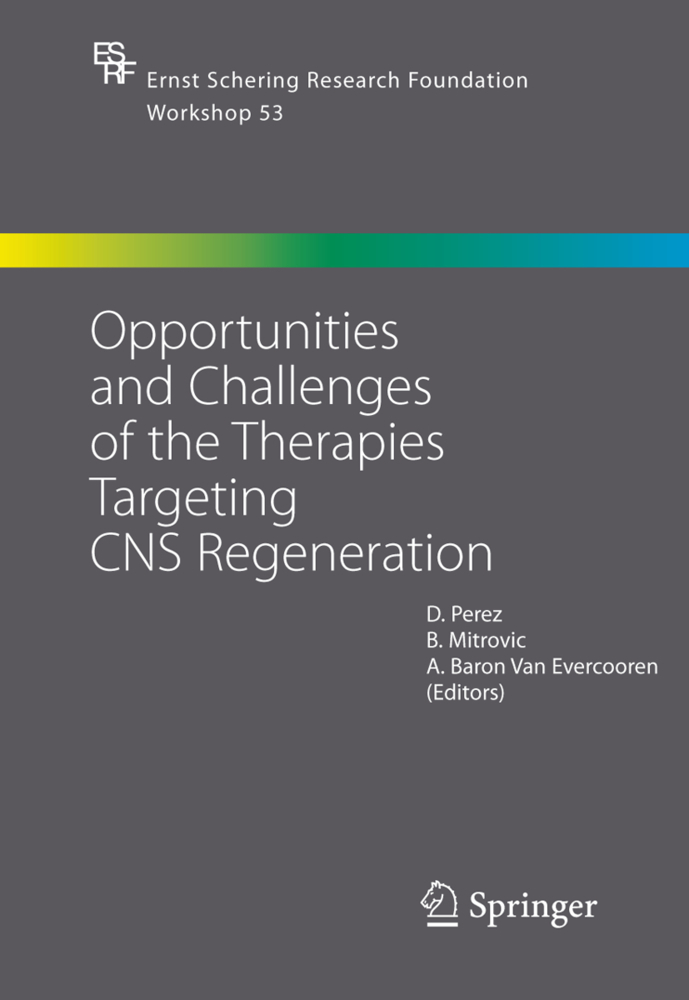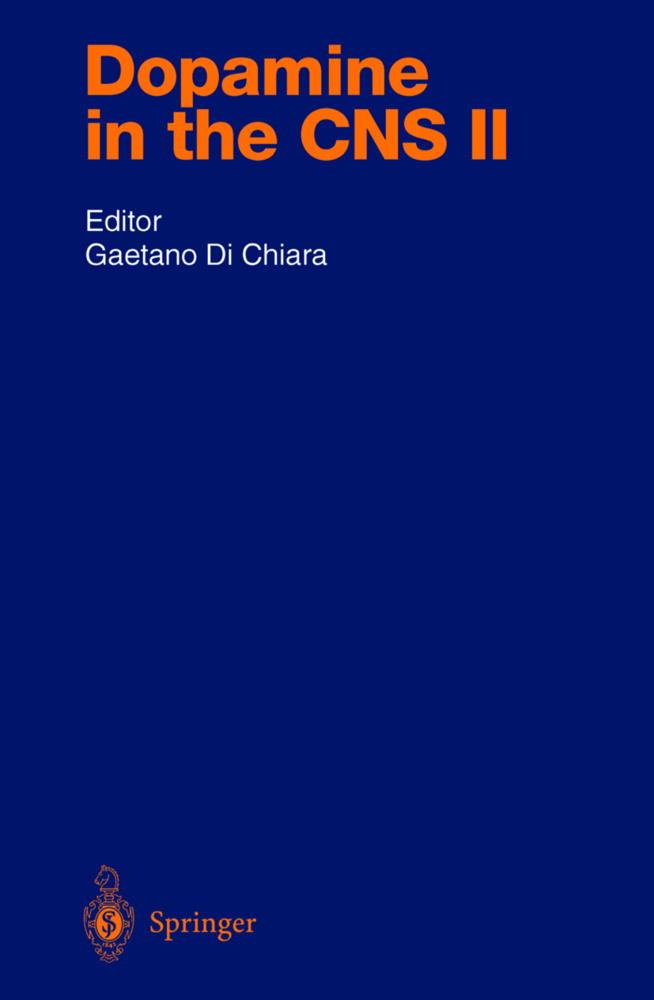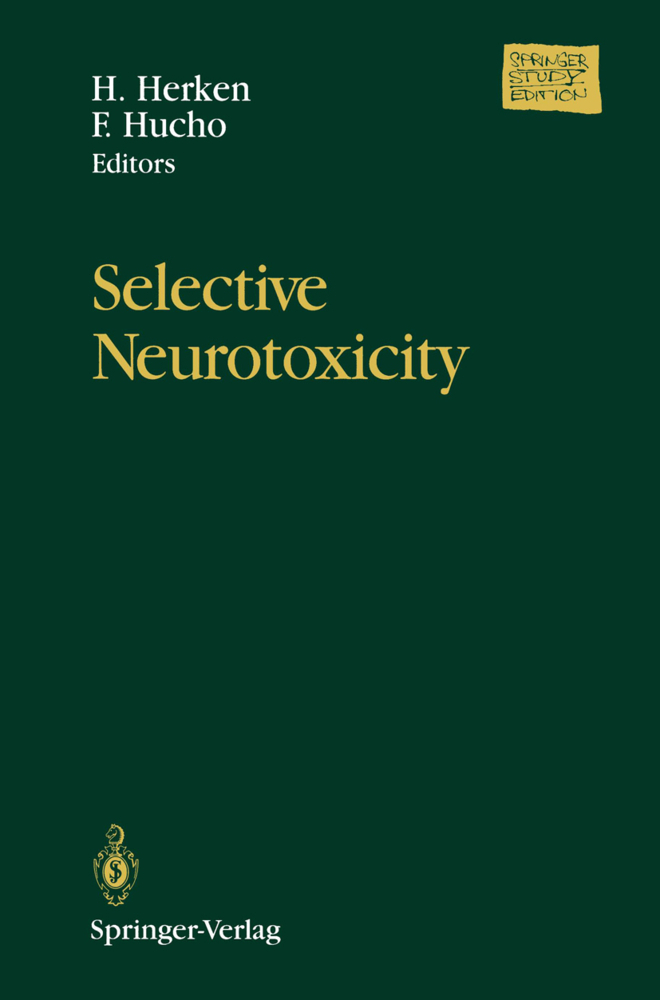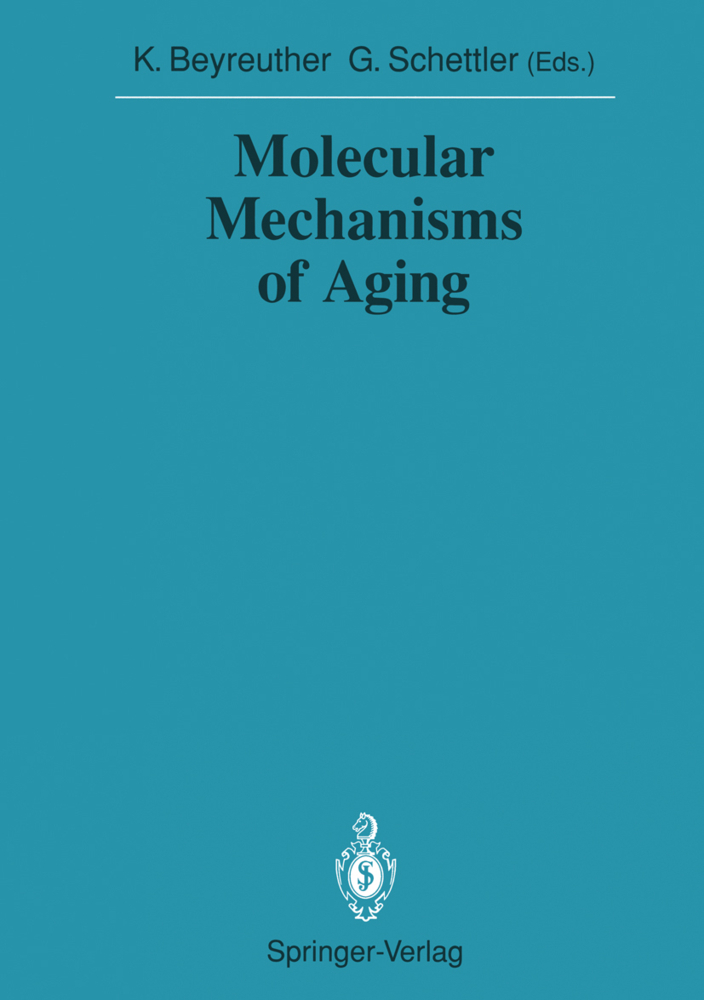Notch from Neurodevelopment to Neurodegeneration: Keeping the Fate
Notch from Neurodevelopment to Neurodegeneration: Keeping the Fate
Can molecular mechanisms involved in neural development help us to understand, prevent and perhaps reverse the course of brain ageing and neurodegenerative disorders? Brain development and function require complex cellular and molecular processes controlled by a number of different signaling mechanisms. One such signaling mechanism, the Notch pathway, has been recognized as an important player in the regulation of cellfate decisions during early neural development. However, the action of this evolutionary conserved and widely used cell-cell interaction mechanism is not confined to the developing nervous system. In addition, recent studies have shown that elucidating the mechanism of Notch signaling and its role in the brain is important for our understanding of neurological disorders such as Alzheimer's disease and cerebral arteriopathy CADASIL.
Control of Notch Activity by the Ubiquitin-Proteasome Pathway
A Presenilin-Dependent S3-Like ?-Secretase Cleavage of the ?-Amyloid Precursor Protein
New Non-Peptidic Inhibitors of ?-Secretase Abolish A? Production Without Modifying Notch Cleavage
Presenilins, APP, and Notch: Proteolysis from Womb to Tomb
Missorting of the Dendritic Cell Adhesion Molecule Telencephalin in Presenilin-Deficient Neurons
?APP Processing, its Biology and Alzheimer's Disease
Further Analysis of the Nicastrin: Presenilin Complex
PS1 Interacts With and Facilitates ?-Catenin Turnover
?-Catenin, Presenilin, and the Synaptic-Adherens Junction Complex
Vascular Smooth Muscle Cells Are the Primary Target of the Events Leading from Notch3 Mutations to CADASIL.
Regulated Intramembrane Proteolysis - New Lessons from Lipid Metabolism and the Unfolded Protein Response
Notch Signaling in the Brain: More than Just a Developmental StoryControl of Notch Activity by the Ubiquitin-Proteasome Pathway
A Presenilin-Dependent S3-Like ?-Secretase Cleavage of the ?-Amyloid Precursor Protein
New Non-Peptidic Inhibitors of ?-Secretase Abolish A? Production Without Modifying Notch Cleavage
Presenilins, APP, and Notch: Proteolysis from Womb to Tomb
Missorting of the Dendritic Cell Adhesion Molecule Telencephalin in Presenilin-Deficient Neurons
?APP Processing, its Biology and Alzheimer's Disease
Further Analysis of the Nicastrin: Presenilin Complex
PS1 Interacts With and Facilitates ?-Catenin Turnover
?-Catenin, Presenilin, and the Synaptic-Adherens Junction Complex
Vascular Smooth Muscle Cells Are the Primary Target of the Events Leading from Notch3 Mutations to CADASIL.
Israel, Alain
Strooper, B. de
Checler, F.
Christen, Y.
| ISBN | 9783642627675 |
|---|---|
| Artikelnummer | 9783642627675 |
| Medientyp | Buch |
| Auflage | Softcover reprint of the original 1st ed. 2002 |
| Copyrightjahr | 2012 |
| Verlag | Springer, Berlin |
| Umfang | 158 Seiten |
| Abbildungen | XVI, 158 p. |
| Sprache | Englisch |

